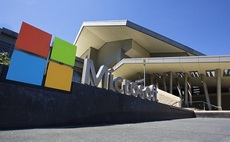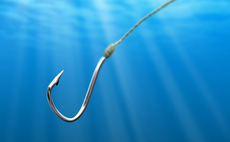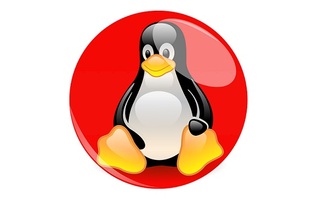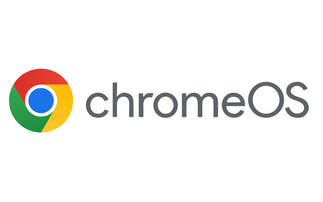Update includes return of the Start menu, better SkyDrive integration, and improved search
Microsoft has launched the Windows 8.1 preview - an early glimpse at the unfinalised update designed to improve the Windows 8 operating system. Although the software remains fundamentally unchan...
To continue reading this article...
Join Computing
- Unlimited access to real-time news, analysis and opinion from the technology industry
- Receive important and breaking news in our daily newsletter
- Be the first to hear about our events and awards programmes
- Join live member only interviews with IT leaders at the ‘IT Lounge’; your chance to ask your burning tech questions and have them answered
- Access to the Computing Delta hub providing market intelligence and research
- Receive our members-only newsletter with exclusive opinion pieces from senior IT Leaders





















